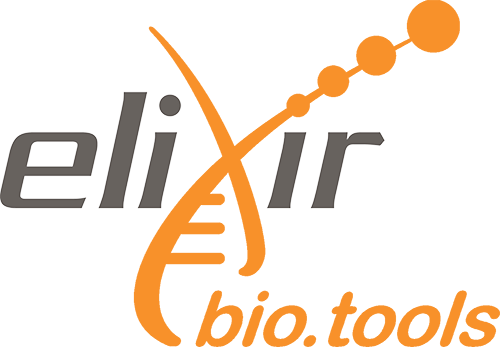e-learning
Comparison of two annotation tools - Helixer and Braker3
Abstract
Annotating the eukaryotic genome represents a somewhat more complex challenge than that of prokaryotes, mainly due to the generally larger size of eukaryotic genomes and their greater number of genes. This annotation can be carried out at different levels of precision, ranging from simple identification of coding and non-coding parts to detailed structural labeling, including for example the precise location of exons, introns and other regulatory elements.
About This Material
This is a Hands-on Tutorial from the GTN which is usable either for individual self-study, or as a teaching material in a classroom.
Questions this will address
- How to annotate an eukaryotic genome with Braker3?
- How to annotate an eukaryotic genome with Helixer?
- How to evaluate and visualize annotated genomic features?
Learning Objectives
- Load genome into Galaxy
- Annotate genome with Braker3 and Helixer
- Evaluate annotations quality with BUSCO
- Compare the annotation of two annotation tools
- View annotations in JBrowse
Licence: Creative Commons Attribution 4.0 International
Keywords: Braker3, Genome Annotation, Helixer, biodiversity, eukaryota, jbrowse1
Target audience: Students
Resource type: e-learning
Version: 2
Status: Active
Prerequisites:
- Genome annotation with Braker3
- Genome annotation with Helixer
- Introduction to Galaxy Analyses
- Masking repeats with RepeatMasker
Learning objectives:
- Load genome into Galaxy
- Annotate genome with Braker3 and Helixer
- Evaluate annotations quality with BUSCO
- Compare the annotation of two annotation tools
- View annotations in JBrowse
Date modified: 2025-06-25
Date published: 2025-06-20
Contributors: Björn Grüning
Scientific topics: Genomics, Sequence assembly
Activity log


